Hybrid Photovoltaic Thermal (PVT) Collector CFD, ANSYS Fluent Tutorial
Hybrid Photovoltaic Thermal (PVT) Collector CFD, ANSYS Fluent Tutorial
- Upon ordering this product, you will be provided with a geometry file, a mesh file, and an in-depth Training Video that offers a step-by-step training on the simulation process.
- For any more inquiries regarding the product, please do not hesitate to reach out to us at info@CFDLAND.com or through our online support assistant.
€195 Original price was: €195.€155Current price is: €155.
A Hybrid Photovoltaic Thermal (PVT) Collector is a highly advanced and efficient technology designed to capture the maximum amount of energy from the sun. Standard photovoltaic (PV) panels are excellent at producing electricity, but they have a significant weakness: as they get hotter under the sun, their electrical efficiency drops. A Hybrid PVT panel solves this problem with a clever, integrated design. It combines a standard PV panel with a thermal collector that has channels for a coolant, like a glycol-water mixture, to flow through. This circulating fluid removes the waste heat from the PV cells, which provides a dual benefit. First, it keeps the solar cells cooler, allowing them to generate electricity more efficiently. Second, the captured heat is not wasted; it produces useful hot water for domestic or industrial use. The engineering challenge is to perfect this balance. A Hybrid Photovoltaic Thermal (PVT) Collector CFD simulation is the most powerful tool available to engineers to visualize, analyze, and optimize this complex interaction of solar radiation, fluid dynamics, and heat transfer to create the most efficient design possible. This simulation is based on the important research published by Barbu et al. [1].
- Reference [1]: Barbu, Madalina, Monica Siroux, and George Darie. “Numerical model and parametric analysis of a liquid based hybrid photovoltaic thermal (PVT) collector.” Energy Reports7 (2021): 7977-7988.

Figure 1: The cross-section of the Hybrid PVT collector CFD model, showing the different layers [1].
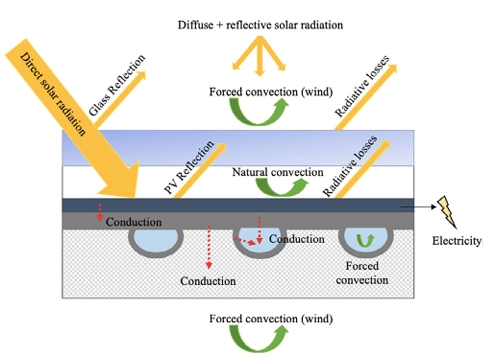
Figure 2: Schematic showing the heat transfer processes inside the Hybrid PVT panel.
Simulation Process: Simulating the Hybrid PVT Collector CFD with Solar Ray Tracing
To accurately simulate the performance of this system, we began by creating a detailed 3D model of the Hybrid PVT collector, which includes the glass cover, the PV cells, the thermal absorber, and the insulation. This geometry was then filled with a high-quality, fully structured grid, as seen in Figure 3. A structured grid is essential for getting precise results in a complex heat transfer problem.
The physics setup in ANSYS Fluent was the most critical part of the simulation. To model the sun’s energy, we used the powerful DO (Discrete Ordinates) radiation model combined with Solar Ray Tracing. This allowed us to simulate the exact solar conditions for Bucharest, Romania. We defined a glycol-water mixture as the coolant fluid. The simulation calculates all forms of heat transfer simultaneously: the solar radiation hitting the glass, the conduction of heat through the solid layers, and the convection of heat away by the moving coolant. This is known as a Conjugate Heat Transfer (CHT) analysis.
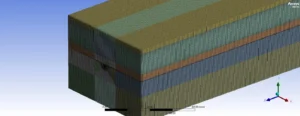
Figure 3: The fully structured mesh used for the Hybrid Photovoltaic Thermal (PVT) Collector Fluent simulation.
Post-processing: CFD Analysis of Thermal Performance in the Hybrid PVT Panel
The simulation results tell a clear story of cause and effect, perfectly demonstrating the dual-benefit of the Hybrid PVT panel Fluent design. The process begins with the sun. As seen in Figure 5, the solar irradiation strikes the surface with an intensity reaching up to 2009 W/m². This powerful energy input causes the collector’s components, especially the thermal absorber and PV cells, to heat up to a maximum temperature of 309.821 K (about 36.7°C). Without a cooling system, this temperature would continue to rise, significantly reducing the panel’s ability to produce electricity.

Figure 4: Temperature increase of the coolant along the length of the Hybrid PVT collector.
This is where the thermal collector’s role becomes essential. The glycol-water coolant enters the system at a chilly 288 K (15°C). As it flows through the channels behind the hot PV cells, it actively absorbs this waste heat. The results in Figure 4 show the temperature of the coolant steadily increasing along its path, finally exiting the collector at 296 K (23°C). The most significant achievement of this simulation is quantifying this 8 K temperature rise in the coolant. This proves the system is not only cooling the PV cells to maintain their electrical efficiency but is also successfully capturing a significant amount of thermal energy, creating useful hot water. This detailed Photovoltaic Thermal Collector CFD analysis confirms that the PVT design effectively turns a thermal problem into a valuable resource.
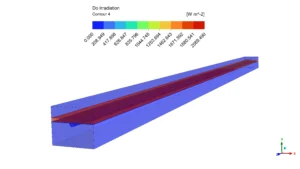
Figure 5: Solar irradiation distribution on the surface of the Hybrid Photovoltaic Thermal (PVT) Collector.
We pride ourselves on presenting unique products at CFDLAND. We stand out for our scientific rigor and validity. Our products are not based on guesswork or theoretical assumptions like many others. Instead, most of our products are validated using experimental or numerical data from valued scientific journals. Even if direct validation isn’t possible, we build our models and assumptions on the latest research, typically using reference articles to approximate reality.
Yes, we’ll be here . If you have trouble loading files, having technical problems, or have any questions about how to use our products, our technical support team is here to help.
You can load geometry and mesh files, as well as case and data files, using any version of ANSYS Fluent.
€190 Original price was: €190.€99Current price is: €99.

€360 Original price was: €360.€185Current price is: €185.

€190 Original price was: €190.€95Current price is: €95.

€245 Original price was: €245.€185Current price is: €185.

€320 Original price was: €320.€175Current price is: €175.

€245 Original price was: €245.€185Current price is: €185.



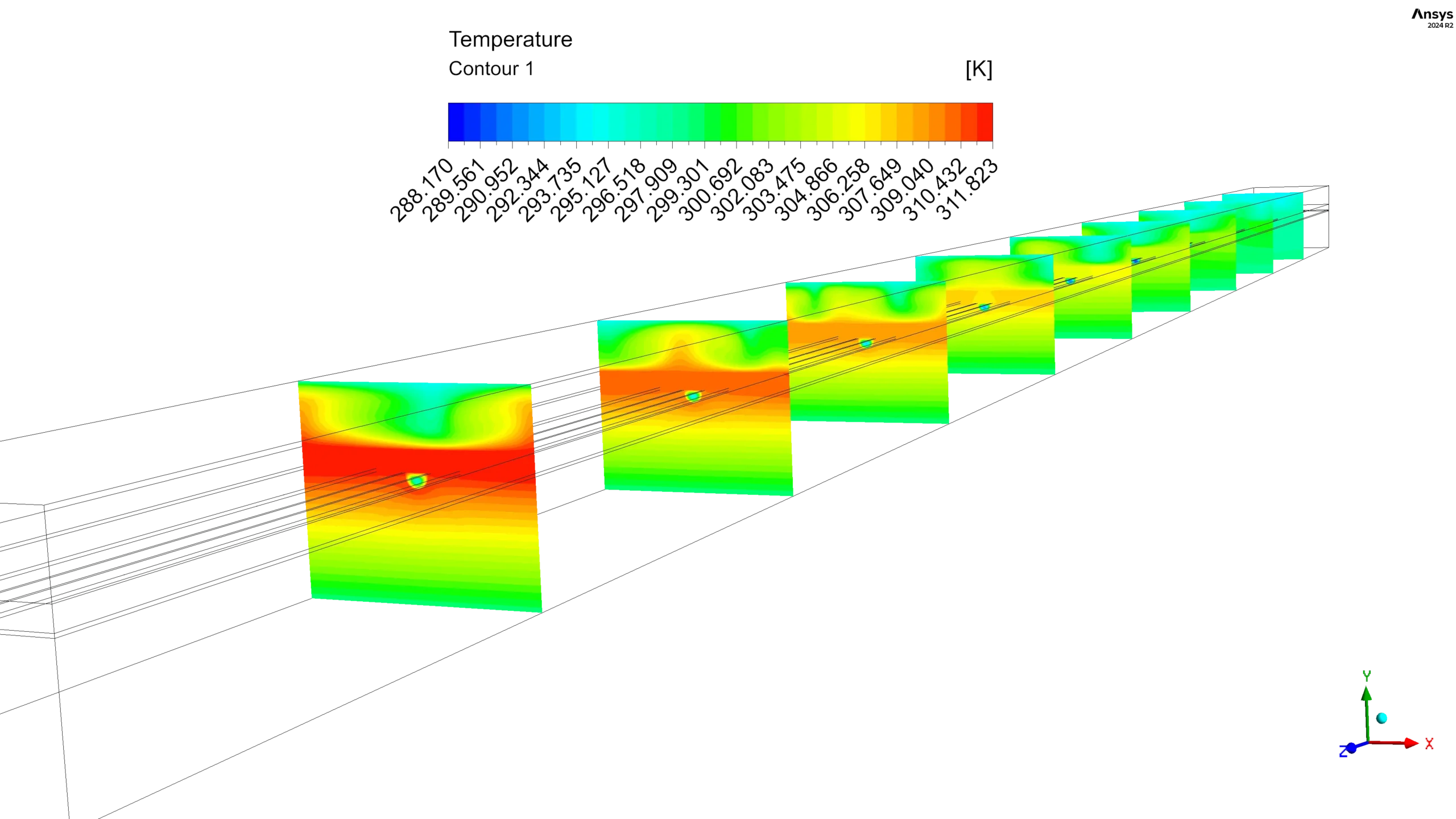
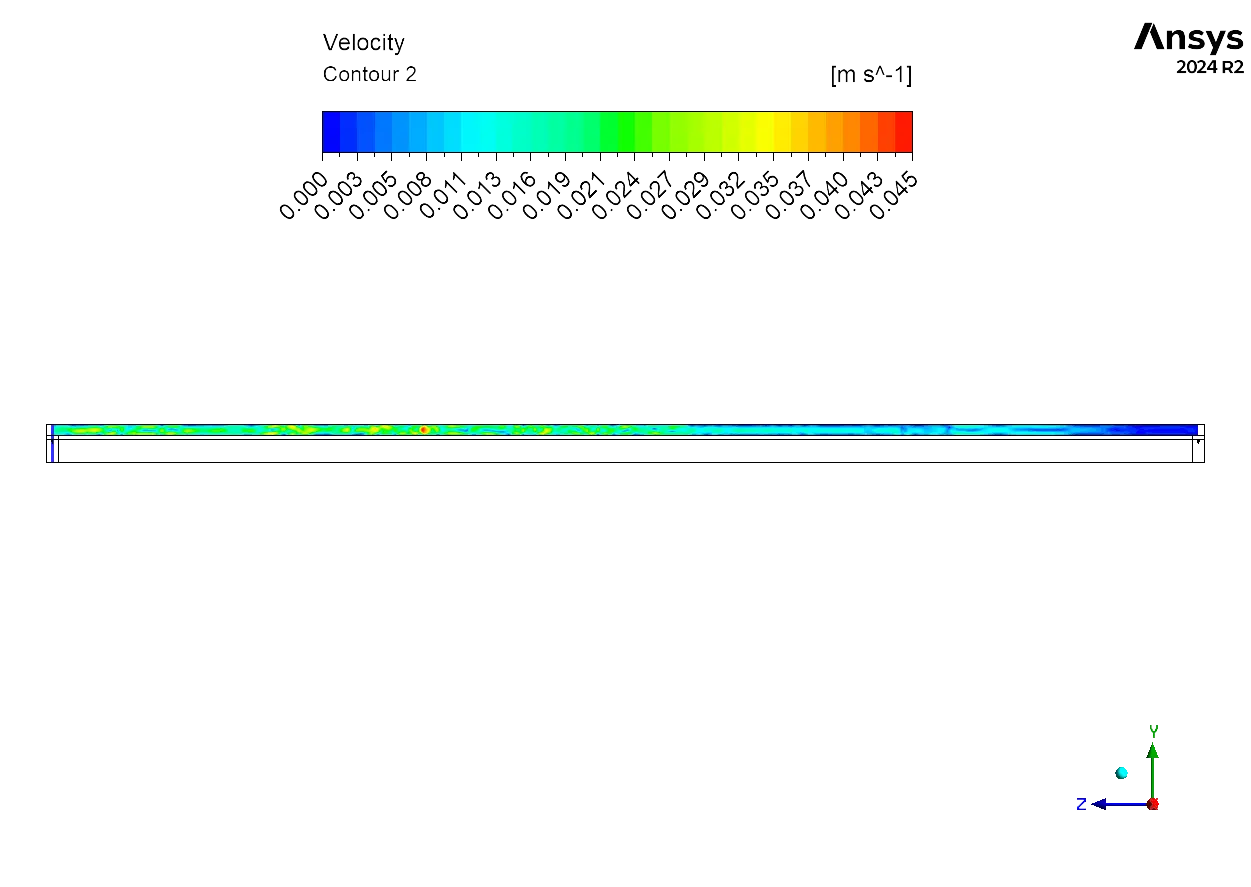
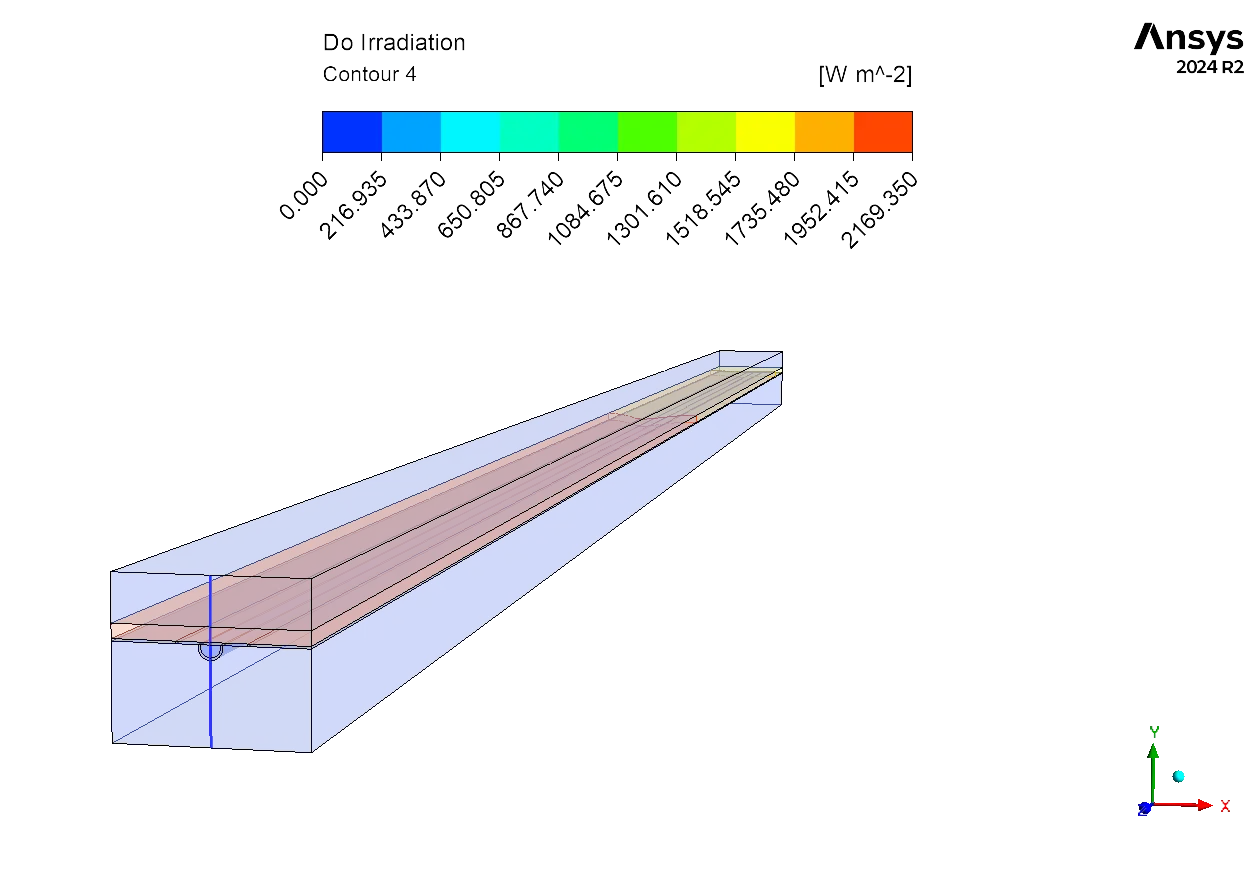
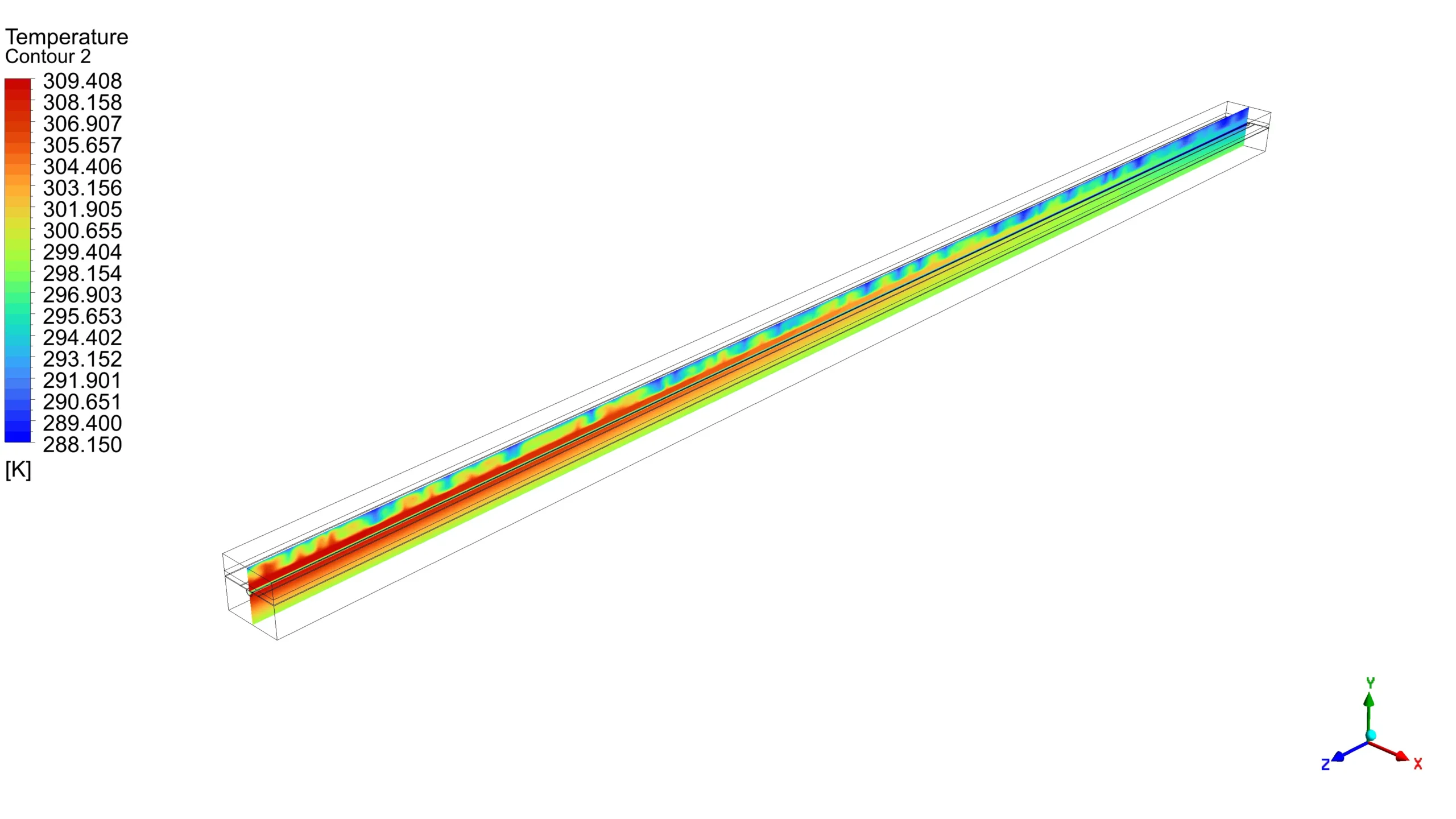

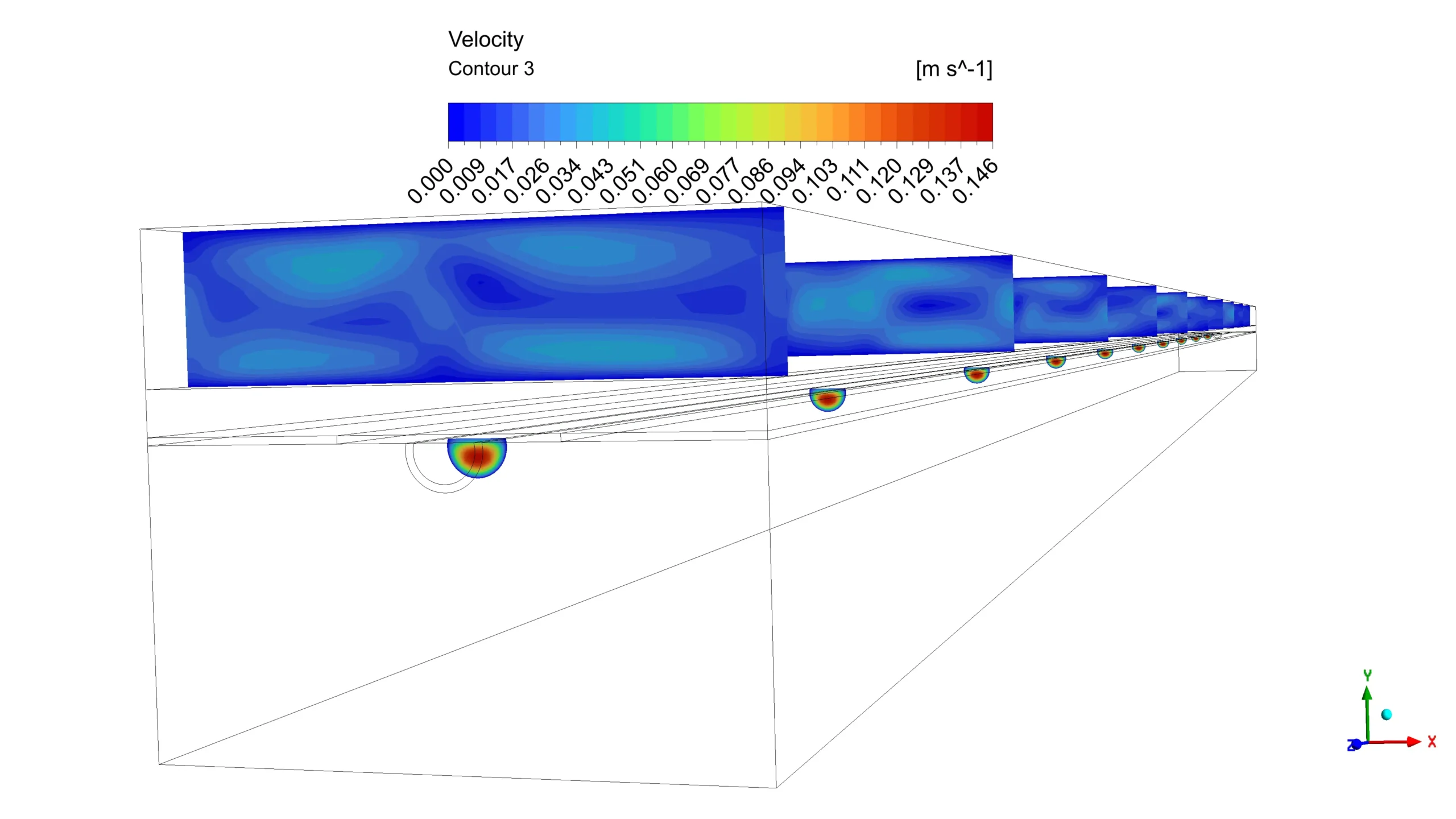
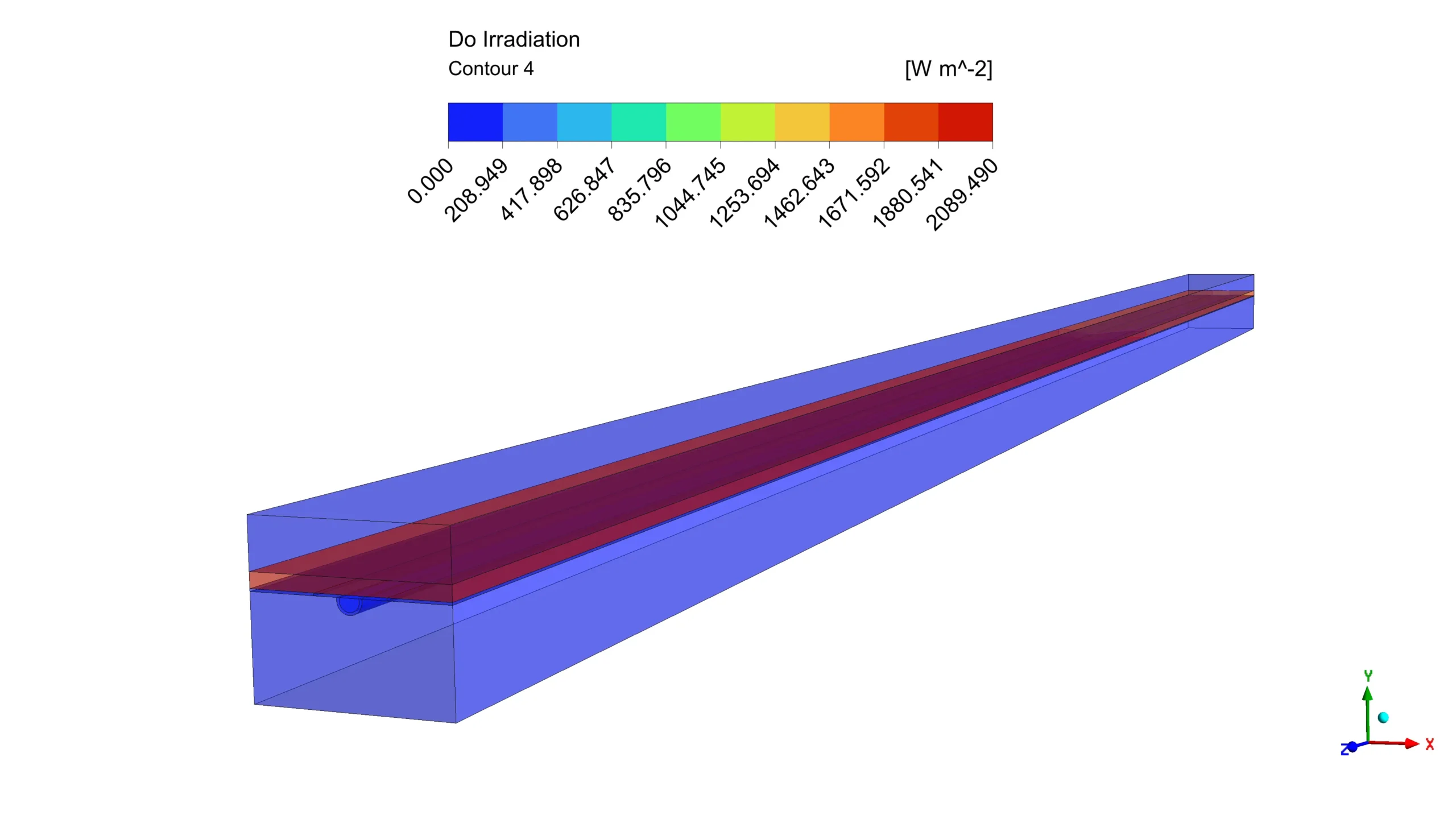
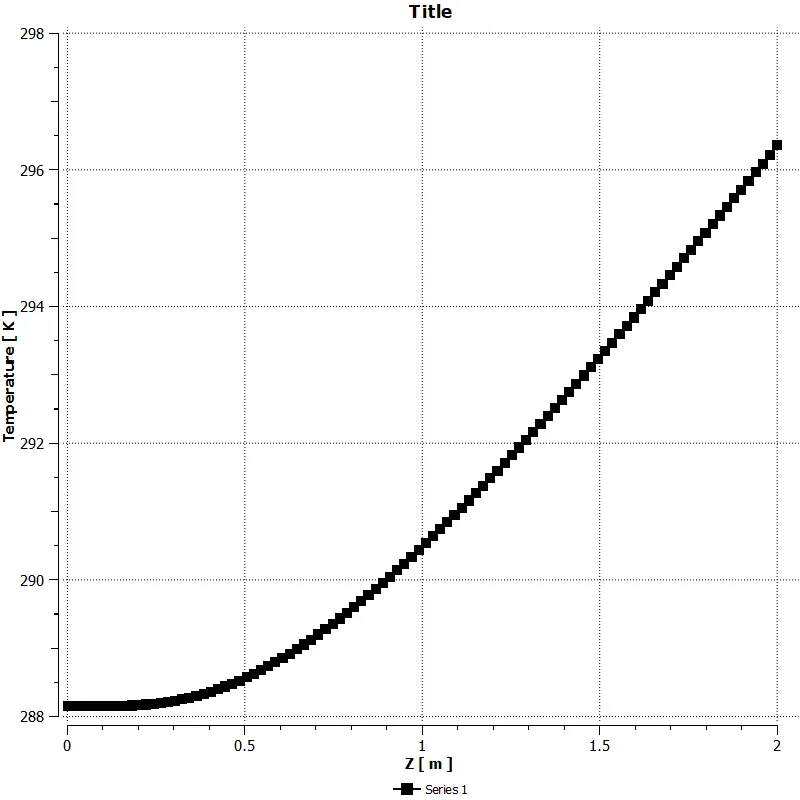








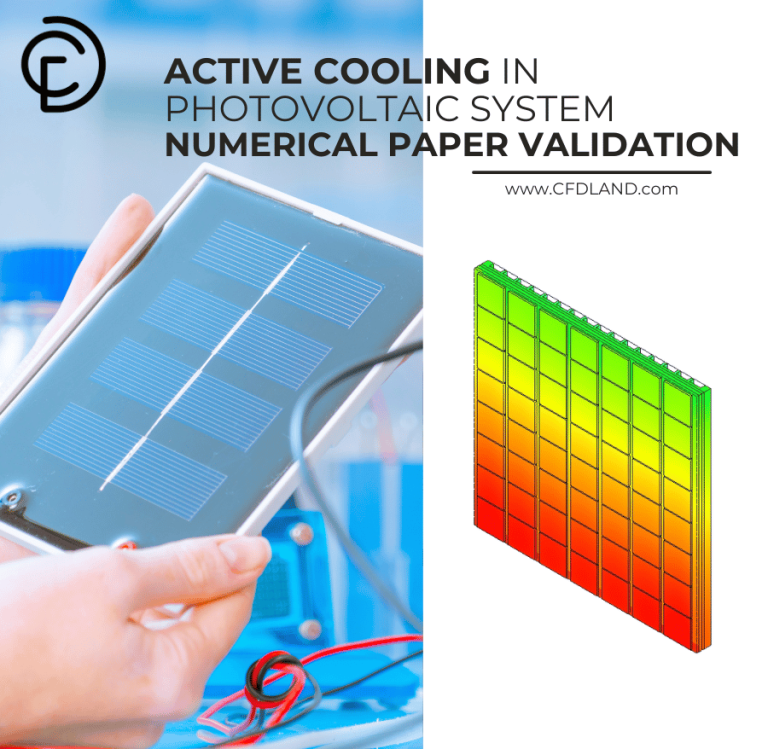
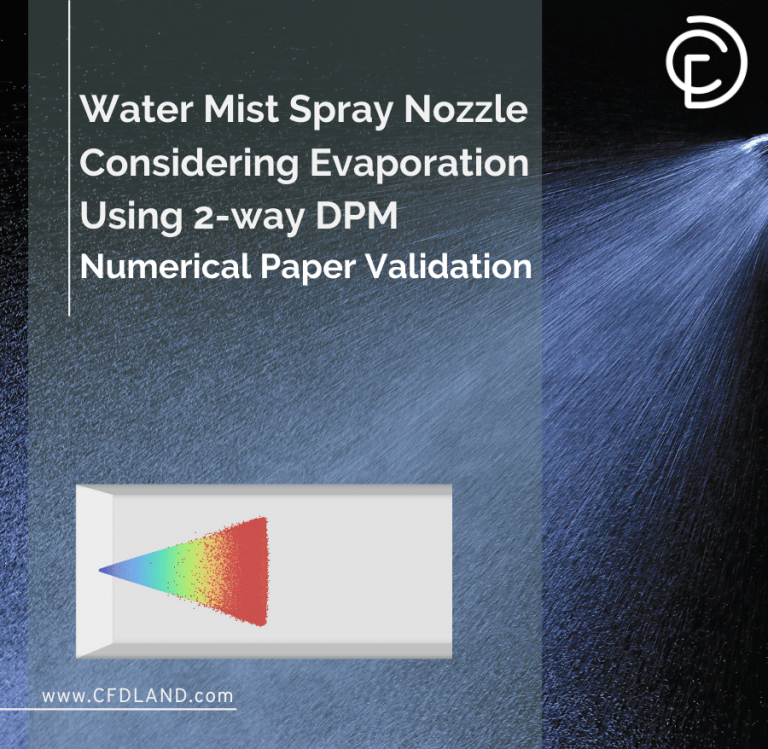

Reviews
There are no reviews yet.